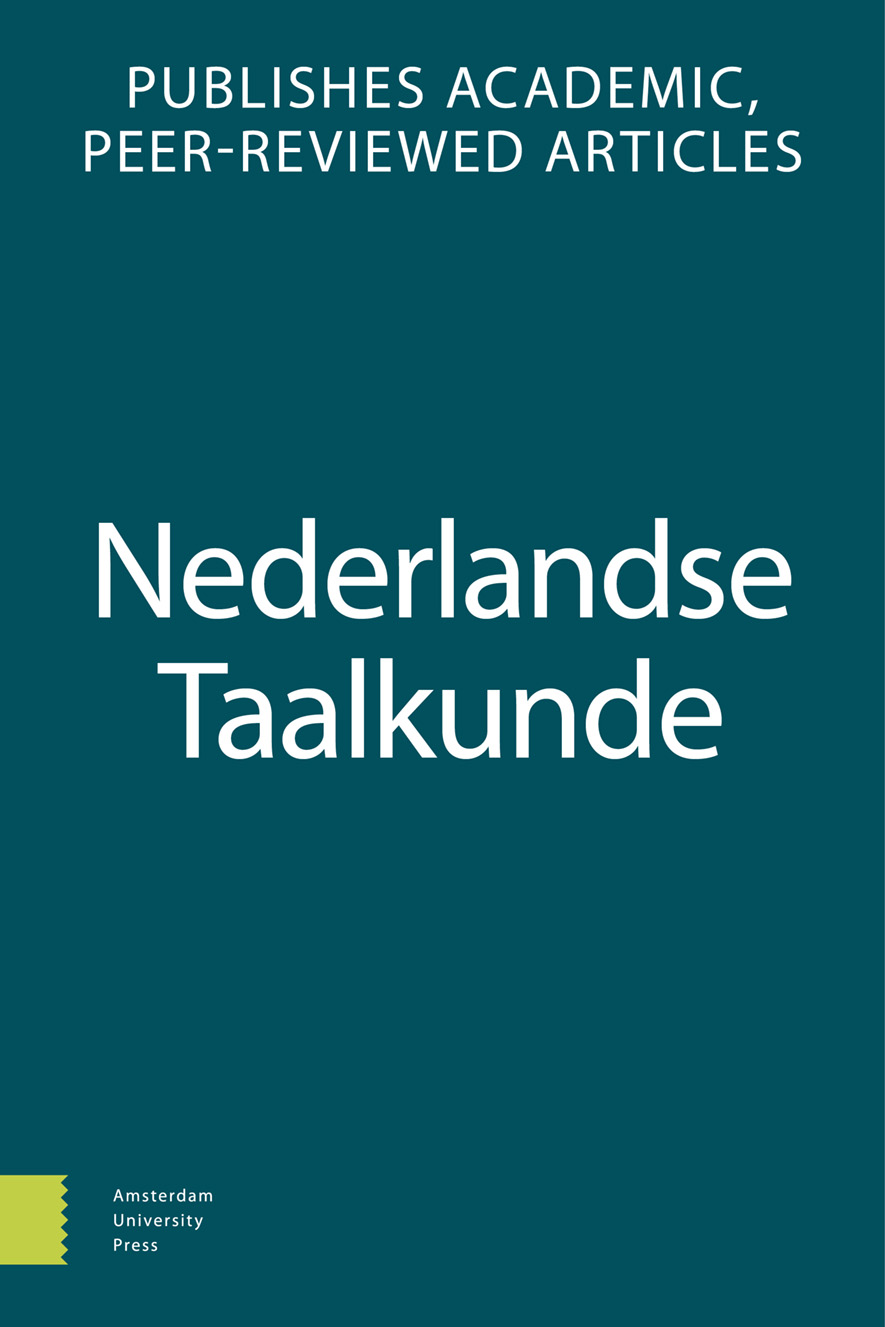
Full text loading...
We use cookies to track usage and preferences.I Understand
Constructions in which the verb combines with a fixed preposition in many cases have a verb taking a prepositional object (PO). It is often said that the preposition with a PO is very close to meaningless, and therefore arbitrary, but there are reasons to doubt this assertion. This paper aims at exploring the paths followed by prepositional and constructional meaning towards abstraction. For a relevant sample of PO-prepositions, it turns out to be possible to reconstruct the path that connects it to its literal sense, even synchronically. Important gateways to abstraction turn out to be the use of analogy and the shift from literal to figurative meaning.

Article metrics loading...

Full text loading...
References


Data & Media loading...

